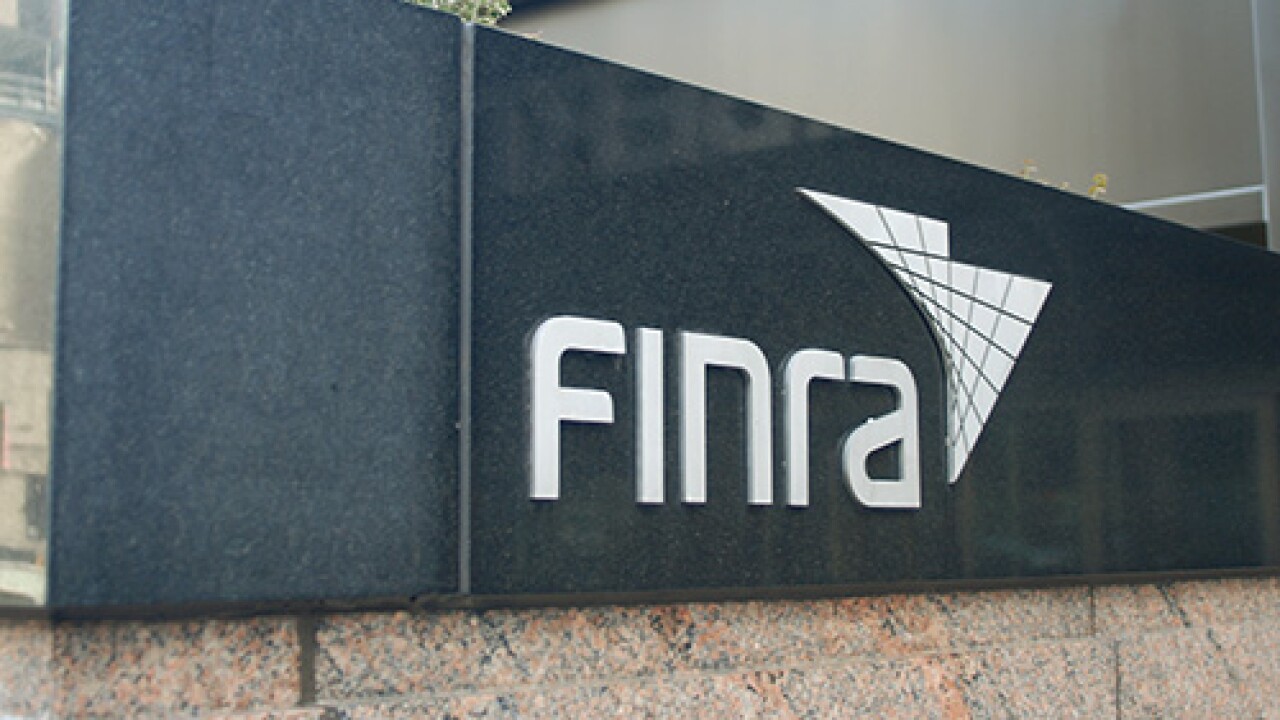
While municipal bond analysts are closely watching a decline in credit quality, they say it's more like the market coming off a high than a long-term "dimming" worth worrying about. But rating agency officials disagree.
Since the beginning of 2024 the ratio of positive to negative ratings actions appears to have declined, said Lisa Washburn, a managing director at Municipal Market Analytics, citing data from Standard & Poor's.
A casual market participant may look at that trend and think, "Oh, there must be some new deterioration," Washburn said. But she believes the situation is actually more complicated.
The ratio was elevated in 2022 and 2023, but many of the positive ratings actions that led to the peak were underscored by federal money that flowed into issuers during the pandemic, she said. Now, it's hard to tell "whether or not that was really an inherent improvement in credit quality, or bolstered by an outside source."
"A lot of the strength acquired by credits during the pandemic was really from other people's money," Washburn said.
That's the difference between this and other periods where credit declined, said Tom Kozlik, head of municipal strategy at HilltopSecurities, who said he cringed last week when someone said muni credit quality is "dimming."
Yes, credit quality is "dropping," he said, but only "from the highest point we ever saw." Kozlik called the current shift a "fiscal normalization," with issuers being forced to "return to a kind of fiscal reality."
"I can't deny that it is decreasing," Kozlik said. "I would not say it's 'dimming.'"
Doug Tommasone, a senior fixed income portfolio manager at Fiduciary Trust, called the 2022-2023 ratings bumps "something akin to a sugar rush."
"It's nice to get a big pool of money, but if it's a one-time thing, investors aren't really that interested in it from a credit perspective," he said. What matters is whether issuers used that solvency to become more stable, such as by bolstering rainy-day funds, or if issuers used the temporary money to take on new recurring costs, said Tommasone.
A true "dimming" would be something more like the credit challenges that followed the Great Financial Crisis, Kozlik said. If someone thinks the current return from a period of artificial financial stimulus is like that recession, which eroded property tax revenue for many issuers, then "they just don't remember their history," he said.
Issuers also learned from that turbulent period, said Alice Cheng, director of municipal credit and investor strategy at Janney. Going into the pandemic, smart issuers were budgeting conservatively, she said. They learned "from the recession that reverses are important, cash is king."
The pandemic was a unique economic moment, Cheng said, and the current shifts are a natural correction to it. Investors will simply have to investigate individual credits to see what they did with those federal funds, she said. In some cases, issuers could have emerged stronger by further bolstering reserves.
Jane Ridley and Geoff Buswick of Standard & Poor's said they've recently heard analysts talk about a decline from "peak ratings," but they aren't sure they buy into that framing. (Moody's Ratings, Fitch Ratings, and KBRA were contacted by The Bond Buyer but did not provide a comment.)
Issuers face several challenges: the end of pandemic-related aid, looming effects of the new federal tax and spending bill, as well as broader uncertainty about GDP growth. But those are operational challenges that can be addressed in budgets, not credit challenges, said Ridley, managing director and local government sector leader at S&P.
"Are they going to weaken from here on out?" asked Buswick, S&P's managing director and sector leader for U.S. Public Finance. "I think that's the big question."
"We're watching to see what they do," he said. "I think there are more pressures on the horizon than maybe clear opportunities."
It's also an oversimplification to assess the credit of all munis at once, he said, as states and local governments are largely in good shape, while many of the downgrades are coming from issuers in parts of the higher-education, sewer, water and healthcare sectors.
That decline could be framed as an opportunity, said Cheng. High-yield investors have long complained about insufficient supply. For the right price, she suspects they could be interested in some of the sectors experiencing downgrades post-pandemic.
School districts with declining enrollment, for example, have fallen out of favor with investment-grade investors, she said. But those willing to accept a bit of risk for higher yields may look at those sorts of credits, Cheng said.
"The current situation that is evolving will probably give them some more opportunities," she said. "I don't see it as a large-scale rebalancing, but if the price is right and the spread is compelling, perhaps there's something there."





